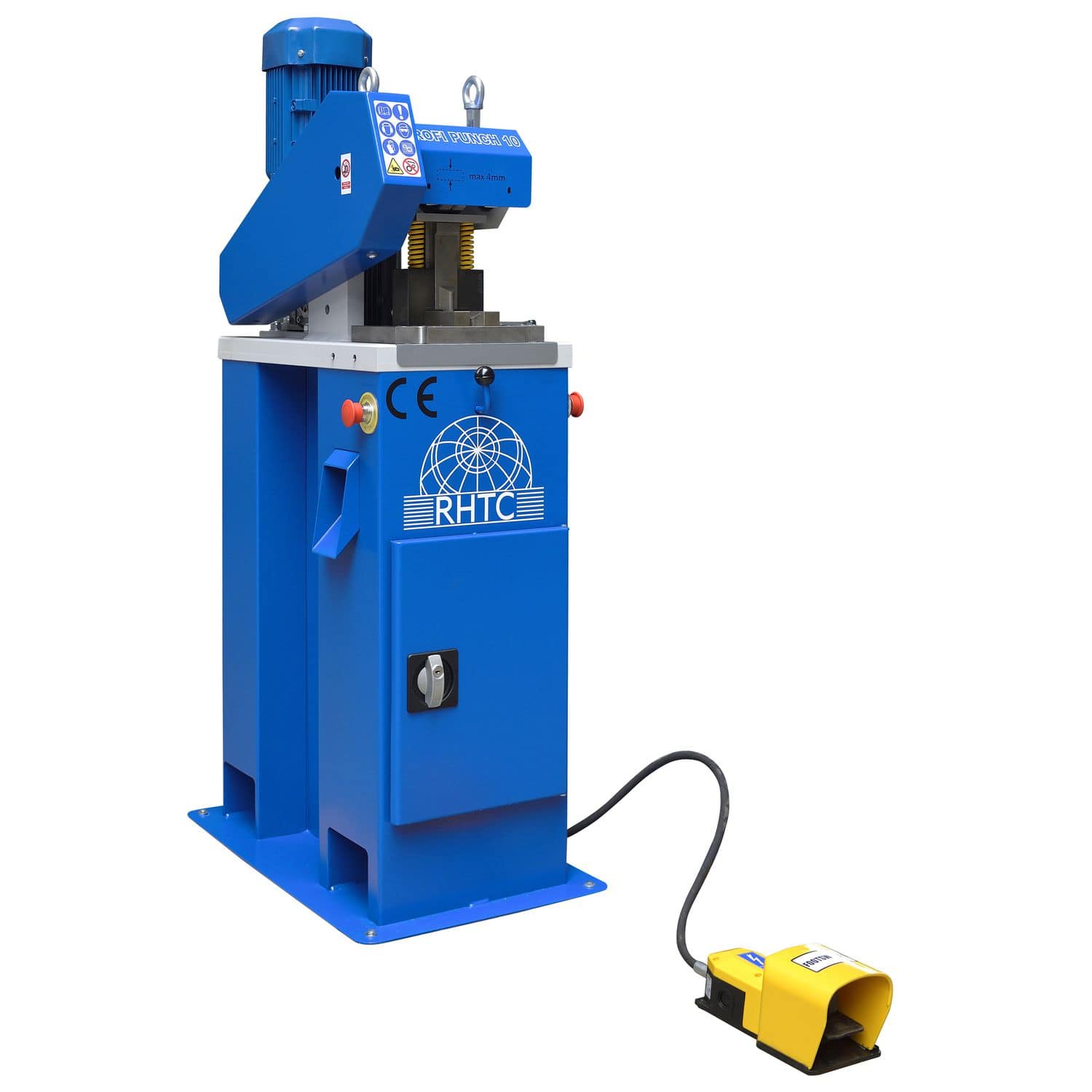
Image Source: Google
The manufacturing industry has seen significant advancements in cutting and punching machines in recent years, revolutionizing the way products are made. These new technologies have increased efficiency, accuracy, and productivity, resulting in cost savings and improved product quality for manufacturers.
One of the latest advances in cutting machines is the introduction of laser cutting technology. Laser-cutting machines use a high-powered laser beam to cut through various materials, including metal, plastic, and wood. This technology offers several advantages over traditional cutting methods. It allows for precise and intricate cuts, reducing material waste and minimizing the need for additional finishing operations.
Punching machines have also benefited from advancements in technology. Traditional punching machines use mechanical force to create holes or cutouts in materials. However, the latest punching machines utilize hydraulic or electric power, providing greater precision and control. These machines are capable of creating complex shapes and patterns with minimal effort, allowing manufacturers to produce intricate designs more efficiently.
Additionally, the latest cutting and punching machines have been designed with user-friendly interfaces, making them more accessible and easier to operate. Manufacturers can now set up and run these machines with minimal training, reducing downtime and improving productivity.
Automation has also played a significant role in revolutionizing manufacturing. Many cutting and punching machines now feature robotic arms or automated feeding systems, allowing for continuous and uninterrupted production. These automated systems can load and unload materials, position them accurately, and perform the necessary cuts or punches, all without human intervention.
Another development in cutting and punching machines is the use of advanced sensors and cameras. These sensors and cameras can detect the position, thickness, and orientation of materials, ensuring accurate cuts and punches. They can also identify defects or inconsistencies in the material, allowing manufacturers to make adjustments in real time.